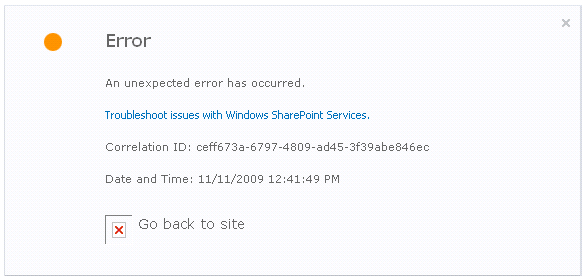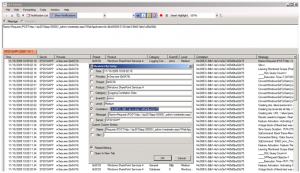- It’s not an issue on processors with SLAT, but these are only just hitting the market in laptops in the near future
- It’s not an issue with the SVGA driver
- I’ve asked if the SVGA driver might ever offer multi-monitor support. He’s looking in to it. This might be a great compromise until processors with SLAT become ubiquitous
- This same problem occurs in all native Hypervisors
- Virtual PC and VMWare Workstation do not have the same problem but they are Type 2 hypervisors and do not offer the same performance as Hyper-V
So… there’s still no conclusive solution but it’s good to have the full context of the problem. For more background on why this matters for SharePoint see my previous post on the matter.


You must be logged in to post a comment.